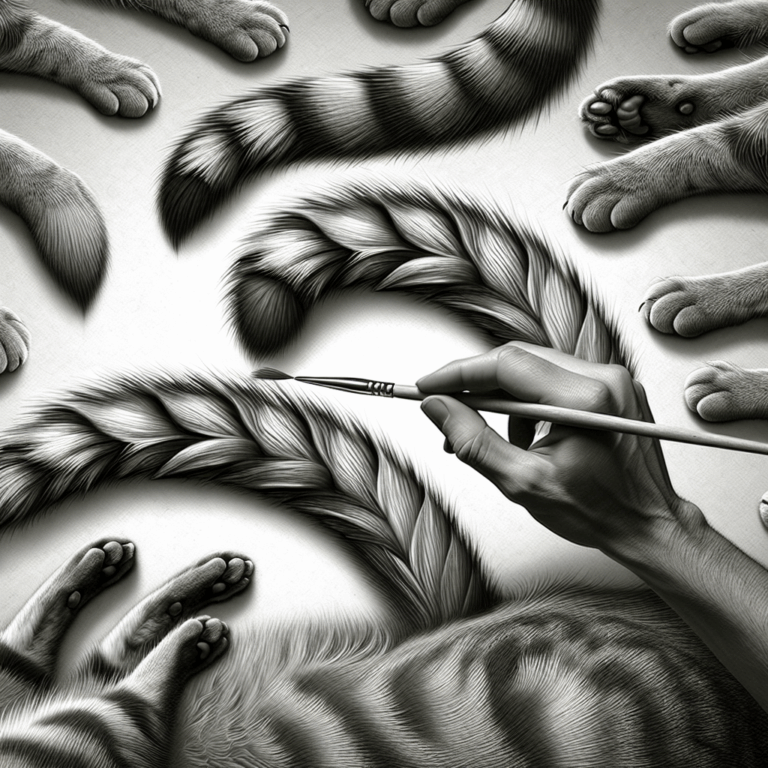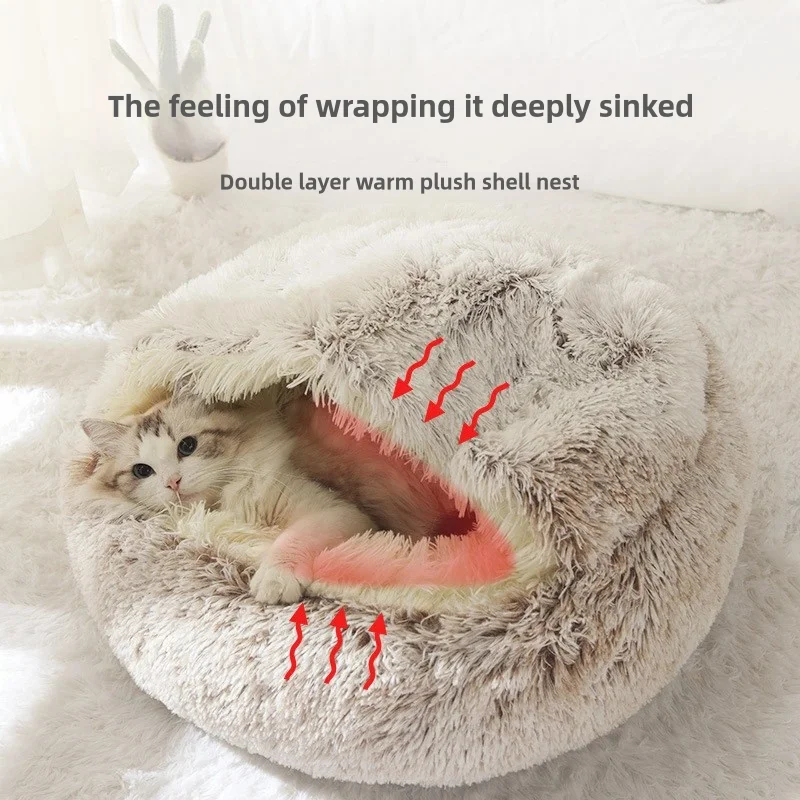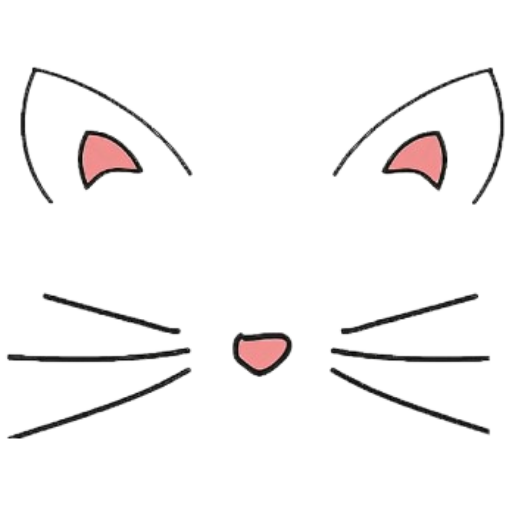The Tale of Tails: Unraveling the Mysteries of Cat Tails
In the enchanting world of feline companions, one feature stands out as both a marvel of nature and a source of curiosity: the cat’s tail. This captivating appendage, often taken for granted, plays a vital role in the life of a cat, serving functions that range from the practical to the expressive. In this edition of our feline newsletter, we embark on an in-depth exploration of the myriad roles and wonders of cat tails.
To begin with, the anatomy of a cat’s tail is a marvel in itself. Composed of 19 to 23 vertebrae, the tail is an extension of the spine, providing balance, grace, and agility. This intricate structure allows cats to perform their legendary feats of acrobatics, whether it’s walking along a narrow ledge or making an impressive leap. The tail acts as a counterbalance, instinctively adjusting to shifts in the cat’s center of gravity, ensuring poise and precision in every move.
But the tale of the tail doesn’t end with physical prowess. The cat’s tail is also a vibrant instrument of communication. It’s a language unto itself, with subtle movements and positions conveying a wide array of emotions and intentions. A tail held high signifies confidence and contentment, while a rapidly flicking tail may indicate irritation or excitement. A puffed-up tail, on the other hand, is a clear signal of fear or aggression, as the cat attempts to appear larger and more intimidating.
Beyond these familiar gestures, the tail’s role in social interactions is equally fascinating. Cats often greet their human companions with an upright tail, sometimes accompanied by a gentle curve at the tip, a gesture of affection and trust. In multi-cat households, tails can also play a part in establishing social hierarchies, with dominant cats sometimes using their tails to assert their status over others.
The uniqueness of each cat’s tail adds another layer of intrigue. Some breeds, like the Manx, are known for their naturally short or even absent tails, a genetic trait that doesn’t seem to hinder their agility or communication abilities. Meanwhile, the luxurious plumes of breeds like the Maine Coon or Persian add an air of elegance and mystery to their every movement.
In the realm of folklore and mythology, cat tails have long been shrouded in mystique. From ancient Egyptian depictions of divine felines to modern superstitions about cats’ tails being linked to their nine lives, humanity’s fascination with this captivating feature is as enduring as the feline species itself.
In conclusion, the cat’s tail is more than just a physical extension of the body—it’s a testament to the complexity and wonder of these beloved creatures. As we continue to unravel the mysteries of the cat tail, we gain a deeper appreciation for the intricate tapestry of behaviors and characteristics that make cats such enchanting companions. Whether swishing playfully or gracefully poised, the tail remains a symbol of the enigmatic allure of our feline friends.

In the enchanting world of feline companions, one feature stands out as both a marvel of nature and a source of curiosity: the cat’s tail. This captivating appendage, often taken for granted, plays a vital role in the life of a cat, serving functions that range from the practical to the expressive. In this edition of our feline newsletter, we embark on an in-depth exploration of the myriad roles and wonders of cat tails.
To begin with, the anatomy of a cat’s tail is a marvel in itself. Composed of 19 to 23 vertebrae, the tail is an extension of the spine, providing balance, grace, and agility. This intricate structure allows cats to perform their legendary feats of acrobatics, whether it’s walking along a narrow ledge or making an impressive leap. The tail acts as a counterbalance, instinctively adjusting to shifts in the cat’s center of gravity, ensuring poise and precision in every move.
But the tale of the tail doesn’t end with physical prowess. The cat’s tail is also a vibrant instrument of communication. It’s a language unto itself, with subtle movements and positions conveying a wide array of emotions and intentions. A tail held high signifies confidence and contentment, while a rapidly flicking tail may indicate irritation or excitement. A puffed-up tail, on the other hand, is a clear signal of fear or aggression, as the cat attempts to appear larger and more intimidating.
Beyond these familiar gestures, the tail’s role in social interactions is equally fascinating. Cats often greet their human companions with an upright tail, sometimes accompanied by a gentle curve at the tip, a gesture of affection and trust. In multi-cat households, tails can also play a part in establishing social hierarchies, with dominant cats sometimes using their tails to assert their status over others.
The uniqueness of each cat’s tail adds another layer of intrigue. Some breeds, like the Manx, are known for their naturally short or even absent tails, a genetic trait that doesn’t seem to hinder their agility or communication abilities. Meanwhile, the luxurious plumes of breeds like the Maine Coon or Persian add an air of elegance and mystery to their every movement.
In the realm of folklore and mythology, cat tails have long been shrouded in mystique. From ancient Egyptian depictions of divine felines to modern superstitions about cats’ tails being linked to their nine lives, humanity’s fascination with this captivating feature is as enduring as the feline species itself.
In conclusion, the cat’s tail is more than just a physical extension of the body—it’s a testament to the complexity and wonder of these beloved creatures. As we continue to unravel the mysteries of the cat tail, we gain a deeper appreciation for the intricate tapestry of behaviors and characteristics that make cats such enchanting companions. Whether swishing playfully or gracefully poised, the tail remains a symbol of the enigmatic allure of our feline friends.



21 thoughts on “The Tale of Tails: Unraveling the Mysteries of Cat Tails”
While the article provides an intriguing exploration of feline tails, it overlooks the scientific studies necessary to substantiate claims about their communication functions.
This article provides an interesting overview of the various functions and significance of cat tails in both physical and social contexts.
This fascinating exploration of cat tails beautifully highlights their remarkable functions and unique characteristics.
This article provides an informative overview of the various functions and significance of cat tails.
This exploration provides fascinating insights into the multifaceted purposes and charm of cat tails.
It’s wonderful to hear you found the exploration of cat tails intriguing! Their many roles certainly add to the charm and mystery of our feline friends.
It’s great to know you enjoyed learning about the fascinating aspects of cat tails! Their unique roles truly enhance the allure of our feline companions.
This post beautifully highlights the fascinating roles and unique characteristics of cat tails, offering a delightful insight into our feline friends.
It’s wonderful to hear that you found the exploration of cat tails insightful and fascinating! The intricate roles and unique traits of our feline companions truly are captivating.
This article beautifully highlights the fascinating roles and communication abilities of cat tails.
It’s wonderful to see appreciation for the intricate roles and communication abilities of cat tails. They’re truly fascinating creatures with so much to offer.
What a fascinating exploration of the incredible roles and unique features of cat tails!
This article provides an insightful look into the anatomy, communication, and cultural significance of cat tails.
I agree! The article offers a fascinating exploration of cat tails, highlighting their role in balance, communication, and cultural symbolism. It’s great to learn more about what makes our feline friends so unique.
What a fascinating exploration of the many wonders and roles of cat tails, shedding light on their importance and allure!
What an insightful look into the fascinating world of cat tails and their many roles!
Thank you for your kind words! It’s amazing how much we can learn about our feline friends through their tails.
This fascinating exploration of cat tails highlights their incredible role in communication and agility, offering a deeper appreciation for our feline companions.
I’m glad you enjoyed the article! It’s amazing how much there is to learn about the roles cat tails play in their lives and interactions. They truly are remarkable creatures!
Absolutely, the intricacies of cat tails are fascinating. It’s incredible how much they communicate and assist in a cat’s daily life. Truly delightful creatures!
I completely agree! The way cat tails contribute to their agility and express emotions is truly remarkable. They are indeed amazing companions!
Comments are closed.